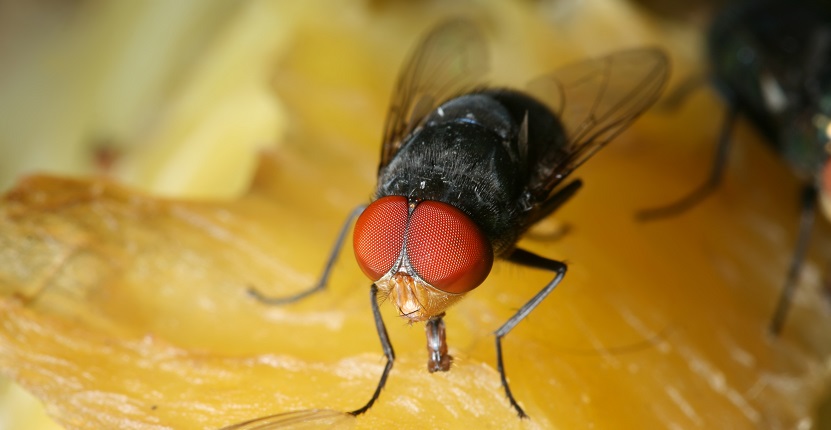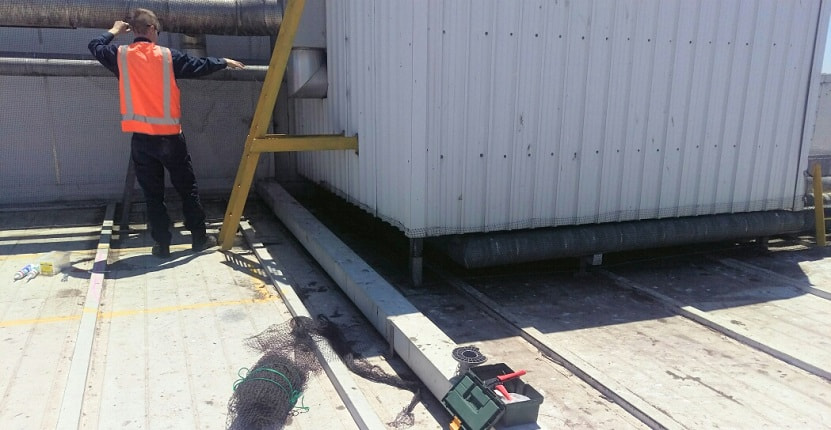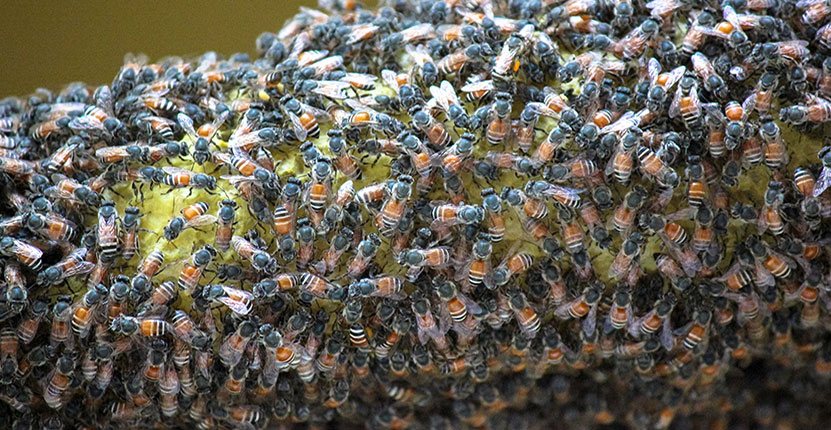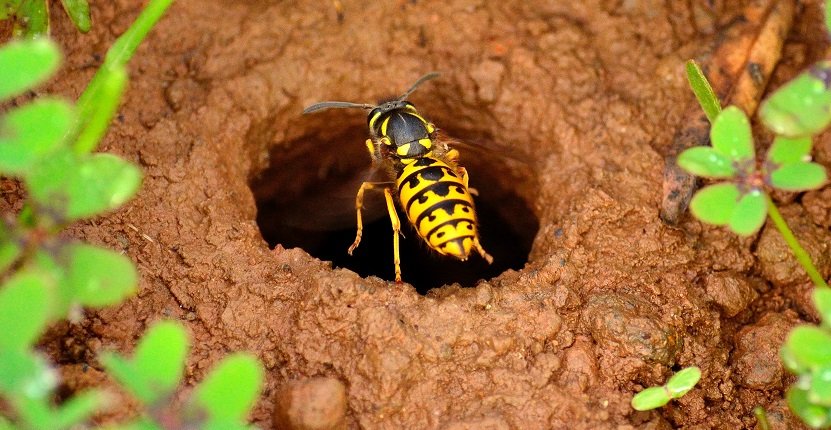House flies are an insect that is most often considered as harmless due to it being small in size, however, these tiny insects can spread more illness than any other pest.
According to the World Health Organization, house flies can spread approximately 65 various diseases. They not only contaminate the food and surfaces within your home and office but they also are the main reason for your employee’s sicknesses.
As a business affected by flies, you can expect a decline in your staff’s health and drastic contamination of your food items and products, all of which will only lead to a bad brand reputation and a lawsuit.
How to Identify House Flies?
House flies are grey and around ¼ inch in length. The most dominant trait in a house fly is their reddish and large eyes. Another physical characteristic is the dark broad stripes that are visible in the middle section of their body.
However, house flies are usually easily distinguished from other flies by the fact that they do not bite due to their unique mouthparts that are used to suck in any liquid. The only type of flies that are likely to bite humans is a horsefly, stable fly, deerfly or blackfly.
Why You Can’t Swat a Fly?
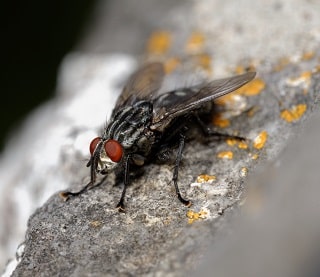
Although it doesn’t look that hard, it is quite difficult to do so especially due to their eyes, speed and body hair. They can fly at 5 mph that can increase to up to 15 mph when they sense a threat.
It is also their heightened ability to sense the fluctuation in airflow due to their body hair and eyes that allow them to easily escape before getting swatted with a newspaper or other object. Therefore, it is near to impossible to swat a fly.
Which Diseases do They Carry?
- E. coli: One of the diseases that flies carry and spread is E. coli which causes blood in stools, diarrhea, stomach cramps, vomiting and fever. It is only after 4 days since infected that these symptoms start to occur, however, sometimes it takes up to 2 weeks to start showing symptoms.
- Anthrax: This bacterial infection takes place in 4 forms, however, the skin form that is due to house flies, appears as a tiny blister which will develop into an ulcer with a blackish center and if not treated soon, it could worsen the infection.
- Food Poisoning: One of the side-effects of eating contaminated food is food poisoning that can be unpleasant and painful to deal with. If the food has been contaminated with any virus, it could lead to nausea, diarrhea, vomiting, loss of appetite, etc. This is why it is important to cover your food and keep it away from house flies.
- Tularaemia: This bacterial illness is seen as an ulcer beside the affected region and is joined with reddened and swollen lymph glands that are visible in the armpit area.
- Conjunctivitis: This common eye-illness of swelling or inflammation of the conjunctiva is also one of the diseases that is spread through house flies.
- Typhoid: Since typhoid is an acute illness that is caused due to consuming contaminated water or food, it is also one of the diseases that house flies spread.
Now that you are fully aware of the various types of illnesses that house flies cause, it would be best to avoid this situation totally by conducting a fly control service within your home.

